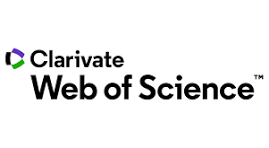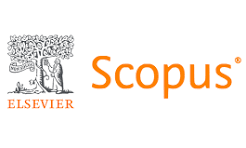Heterozygous Beta Thalassemia in Parents of Children with Beta Thalassemia Major
Abstract
Background: Beta thalassemia is the most common single gene disorder causing a major genetic health problem in the world. Beta thalassemia is common in Pakistan. This study was conducted to find out the pattern of transmission of beta thalassemia in the affected families.
Material and Methods: One hundred families having children with beta thalassemia major were analyzed at Postgraduate Medical Institute, Lady Reading Hospital Peshawar, Pakistan, for detection of beta thalassaemia trait. Screening was performed in both maternal and paternal parents and grandparents.
Results: Four hundred and fifteen (69.2%) cases of heterozygous beta thalassaemia were detected in the survey of 100 families (600 subjects), having beta thalassaemia major children. Altered red cell morphology such as hypochromia, microcytosis and aniso-poikilocytosis were seen in all these cases. Haemoglobin A2 level ranged 4.0-6.9%, MCV of less than 77 fl and MCH of less than 26.4 pg were found in all the subjects with beta thalassaemia trait. The frequency of consanguineous marriages in parents was first cousin 72%, second cousin 5%, distant cousin 4% and un-related 19%.
Conclusion: Consanguinity was found to be present in most of the parents of patients with beta thalassaemia major. This can be minimized by health education, nation-wide screening and provision of genetic counseling to the affected families.
Full Text:
PDFRefbacks
- There are currently no refbacks.
Copyright (c) 2020 Imran-ud-Din Khattak, Sania Tanweer Khattak, Jehanzeb Khan

This work is licensed under a Creative Commons Attribution-NonCommercial 4.0 International License.

Gomal Medical College, Daraban Road, Dera Ismail Khan, Pakistan
ISSN: 1819-7973, e-ISSN: 1997-2067
Website: https://www.gmcdikhan.edu.pk
Phone: +92-966-747373


